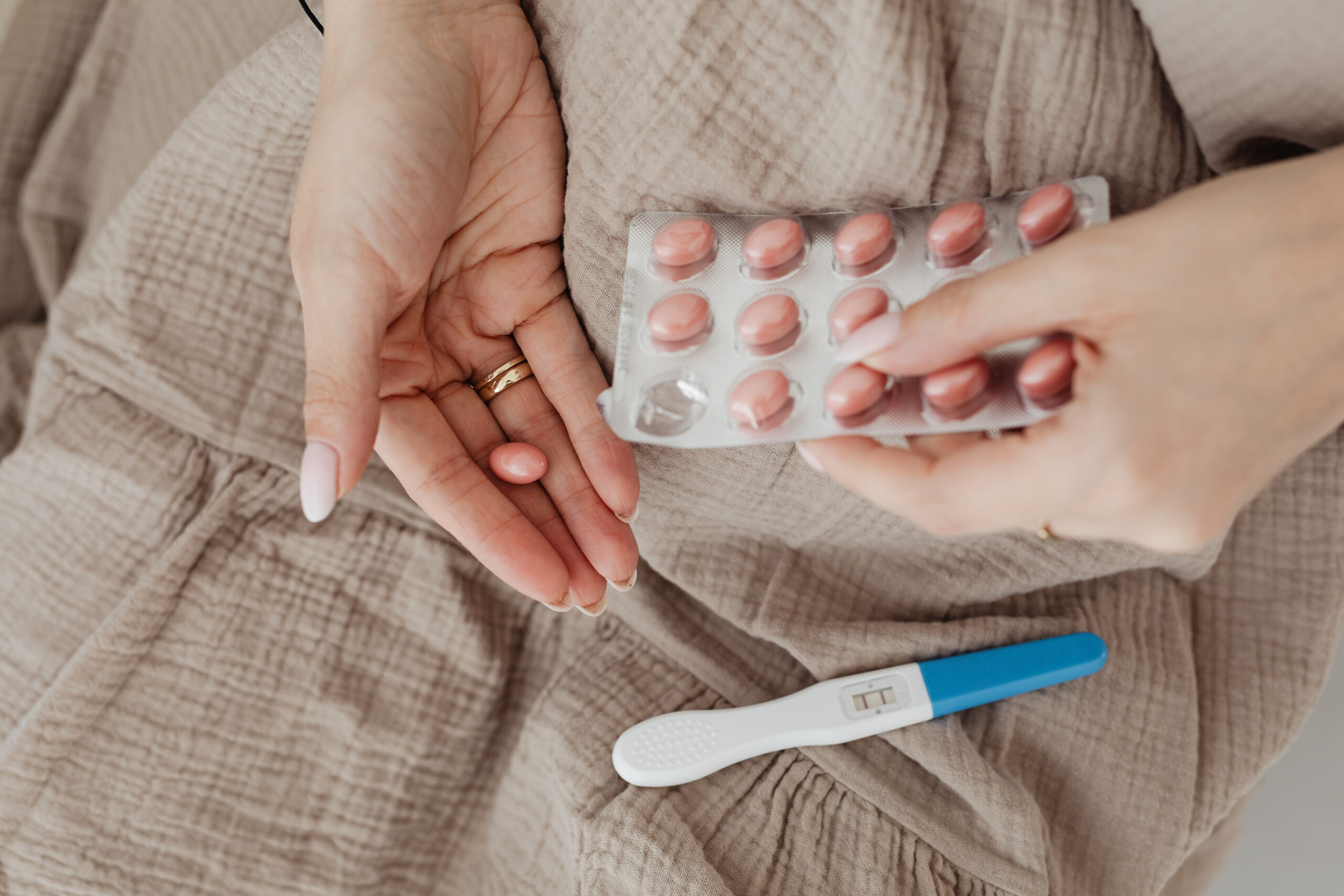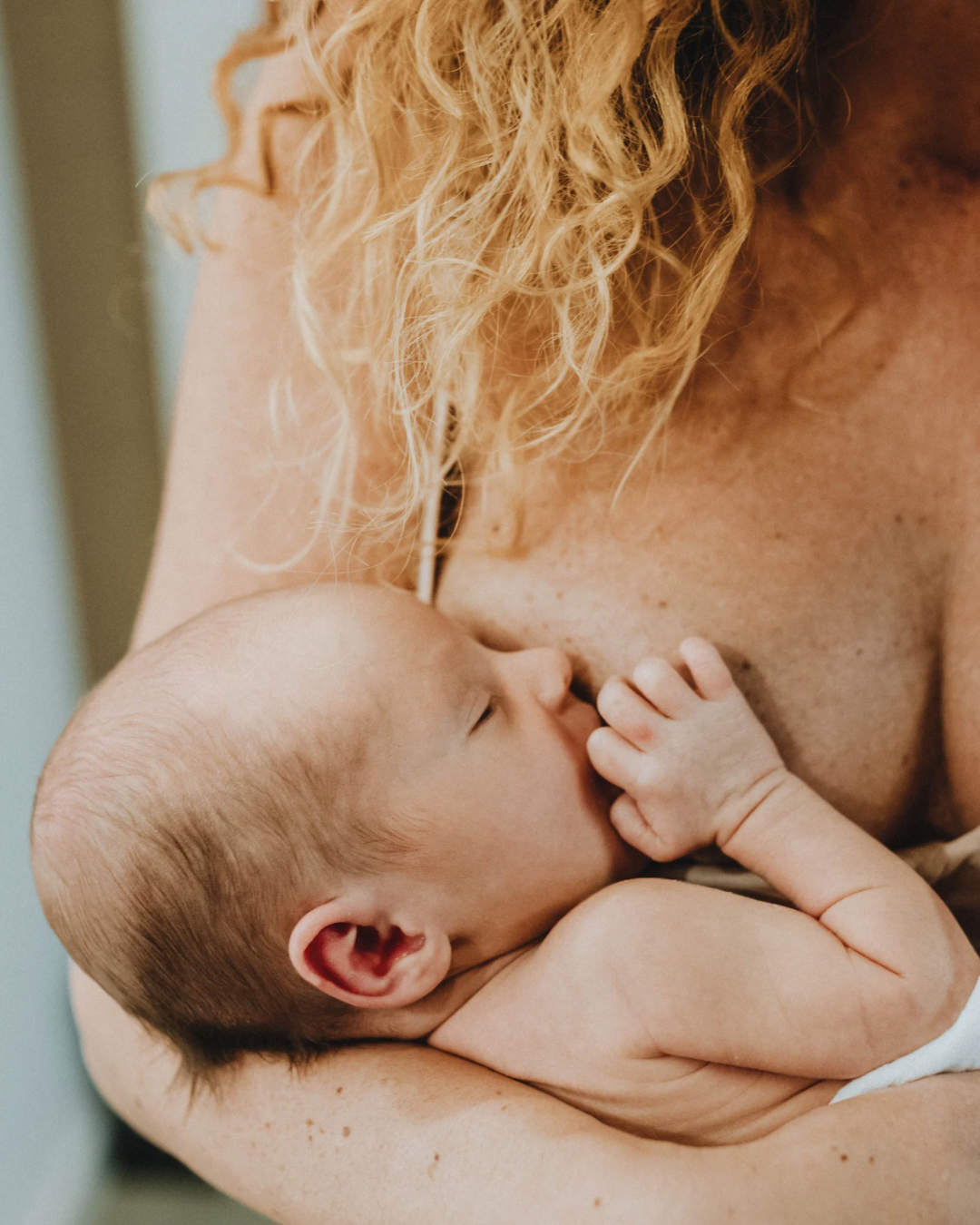In this blog, we’ll dive into why understanding your menstrual cycle matters, the common myths around ovulation prediction, and effective methods to track your fertility.
If you’re trying to conceive, understanding your menstrual cycle is one of the most powerful tools you have. While many women rely on period apps to predict ovulation, these algorithms are often wrong, missing the unique variations in individual menstrual cycles. By learning to track key fertility signs using cervical mucus and basal body temperature (BBT) you can connect with your body to notice signs of fertility and understand when you’re ovulating.
Why Your Menstrual Cycle Matters for Fertility
Your menstrual cycle is more than just your period, it’s a dynamic process that prepares your body for pregnancy. Knowing the key phases of your cycle can help you:
- Identify your fertile window.
- Time intercourse for conception.
- Detect potential hormonal imbalances affecting ovulation.
The Truth About Menstrual Cycles and Ovulation
1. Individual Variation is the Norm
No two women have identical cycles. While the average cycle is 28 days, many women experience cycles that are shorter or longer, the normal range for a menstrual cycle is from 21 to 35 days. For a 21 day cycle it would be normal for ovulation to occur on day 7-9, whereas in a 35 day cycle it would be normal for ovulation to occur on day 21.
2. Period Apps Often Miss the Mark
Most period tracking apps rely on algorithms that assume a “typical” cycle length and a luteal phase (the time between ovulation and your next period) of 14 days. However, this isn’t accurate for many women, leading to incorrect ovulation predictions. These apps often guess ovulation based on your past cycle data without considering real-time fertility signs like temperature and cervical mucous. Research has shown that period app accuracy of predicting ovulation is usually between 17-21% accurate.1 2
How to Accurately Track Your Fertility
Tracking physical signs of ovulation is essential for a deeper understanding of your menstrual cycle, and connection with your body.
1. Fertility Cervical Mucus Tracking
Cervical mucus is one of the most reliable indicators of fertility. The fertile window is the 6 days leading up to ovulation, during your fertile window:
- Cervical mucus becomes clear, stretchy, and slippery, resembling raw egg whites.
- This type of mucus creates an ideal environment for sperm to survive, travel up to the fallopian tube and reach the egg. This is the best time to be timing conception every 2nd day to increase your chances of conception.
- Start observing daily changes after your period ends and record them in a journal or fertility app.
2. Basal Body Temperature (BBT)
BBT tracking helps confirm ovulation by identifying a post-ovulation temperature rise.
- Use a basal body thermometer to take your temperature first thing in the morning, before getting out of bed.
- After ovulation, progesterone causes a slight increase in your BBT, which stays elevated until your next period. Or if you are pregnant it will maintain an elevated temperature.
- While BBT tracking doesn’t predict ovulation, it’s a helpful tool for confirming it occurred and understanding a true pattern to the day of ovulation on a monthly basis.
3. Ovulation Test Strips
Ovulation predictor kits (OPKs) detect a surge in luteinising hormone (LH), which typically occurs 24-36 hours before ovulation.
- Use these strips daily in the days leading up to your expected ovulation.
- A positive result indicates your fertile window, helping you time intercourse for conception.
- However, in women with PCOS this can be falsely elevated throughout your menstrual cycle, which will make cervical mucous and BBT tracking even more important.
Benefits of Fertility Tracking – The Fertility Awareness Method
The combination of these tools is known collectively as the ‘Fertility Awareness Method’ (FAM). When used correctly, FAM can be up to 99% effective3. However, its effectiveness largely depends on how accurately and consistently you track your cycle and adhere to the guidelines. It requires commitment, attention to detail, and a willingness to learn about your body’s signals.
By combining these tracking methods, you can:
- Pinpoint your fertile days with greater accuracy than period apps alone.
- Recognize irregularities in your cycle that may require medical attention.
- Take an active role in your fertility journey, empowering yourself with knowledge and insights.
Common Fertility Tracking Mistakes to Avoid
- Relying solely on period apps: Always cross-check app predictions with physical fertility signs.
- Testing LH at the wrong time: Follow instructions carefully, as testing too early or late can lead to false negatives.
- Inconsistent tracking: Fertility tracking works best when done consistently over several cycles.
Understanding Your Cycle for Better Results
Every woman’s body is unique, and understanding your individual cycle can dramatically improve your chances of conception. By observing fertility signs like cervical mucus, tracking BBT, and using ovulation strips, you’ll gain a clearer picture of your fertile window—one tailored to your body, not an algorithm.
Need Support on Your Fertility Journey?
I am a trained Fertility Awareness Educator, in combination with Naturopathic treatments I can teach you how to chart your basal body temperature and become confident in being aware of changed in your cervical mucous throughout your cycle.
Disclaimer: Ideally, you would work with me to confirm you are identifying your fertile window correctly first before using this method for contraception, and I do not recommend using this method for contraception, unless you have effectively tracked 3-6 cycles previously.
- Schantz, J. S., Fernandez, C. S. P., & Anne Marie, Z. J. (2021). Menstrual Cycle Tracking Applications and the Potential for Epidemiological Research: A Comprehensive Review of the Literature. Current epidemiology reports, 8(1), 9–19. https://doi.org/10.1007/s40471-020-00260-3 ↩︎
- Johnson, S., Marriott, L., & Zinaman, M. (2018). Can apps and calendar methods predict ovulation with accuracy? Current Medical Research and Opinion, 34(9), 1587–1594. https://doi.org/10.1080/03007995.2018.1475348 ↩︎
- Malarcher, S., Spieler, J., Fabic, M. S., Jordan, S., Starbird, E. H., & Kenon, C. (2016). Fertility Awareness Methods: Distinctive Modern Contraceptives. Global health, science and practice, 4(1), 13–15. https://doi.org/10.9745/GHSP-D-15-00297 ↩︎




Comments +